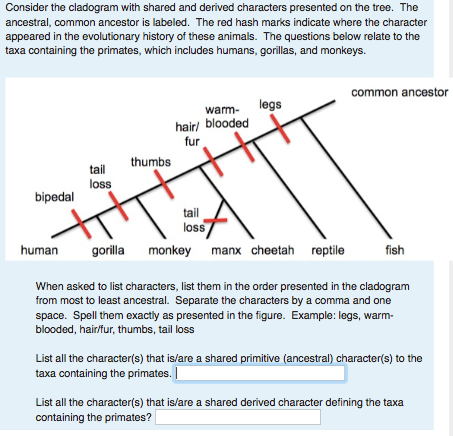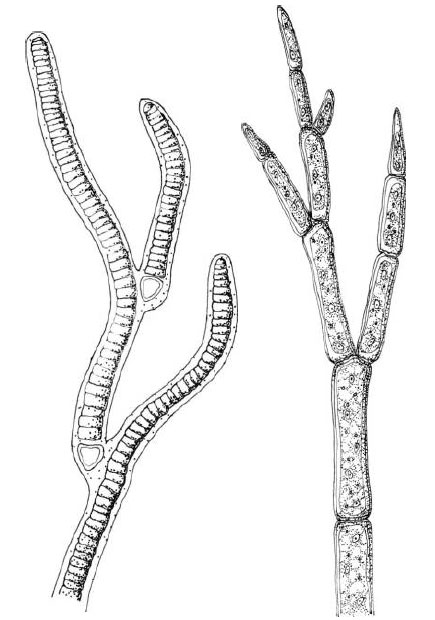Bio 2 Lab Practical Review Sheet
5.0(1)
Card Sorting
1/25
Earn XP
Description and Tags
some things were not included that were not able to be put in flashcard form. Some things were common sense such as "knowing how to read a dichotomous key," etc.
Study Analytics
Name | Mastery | Learn | Test | Matching | Spaced |
|---|
No study sessions yet.
26 Terms
1
New cards
Independent Variable
x, does not rely on dependent variable
2
New cards
Dependent variable
y, replies or responds to independent variable
3
New cards
control
participants that receive no treatment
4
New cards
how does a hypothesis contain IV and DV
If (x), then (y)
5
New cards

ancestral traits: legs, warm blooded, hair/fur. Derived traits: thumbs
6
New cards
How can genetic distance help us see realtionships?
Less genetic distance = more related organisms
7
New cards
How to calculate magnification
Take the power of the objective (4X, 10X, 40x, 100x) and multiply by the power of the eyepiece, usually 10X.
8
New cards
All scanning lenses and their magnification power
Scanning (4x), Low (10x), High (40x), and Oil Immersion (100x)
9
New cards
How do keys mirror the evolutionary process?
organisms through the process of evolution developed different observable traits
10
New cards

this represents ___ algae
filamentous
11
New cards
parenchyma classified by
intercellular air space
12
New cards
collenchyma classified by
cell walls
13
New cards
sclenchyma classified by (red color)
cell walls with lignin
14
New cards
xylem (red) and phloem difference under microscope
xylem big cells, phloem small cells
15
New cards
dermal cell classification
cells with the explicit looking thing
16
New cards
guard cells
outside of stomata
17
New cards
stomata
in between guard cells
18
New cards
Roots:
sweet potato, carrot radish
19
New cards
Stems:
celery, broccoli, ginger, onion
20
New cards
Leaves:
spinach cabbage, brussel sprouts
21
New cards
Flowers:
broccoli, artichokes
22
New cards
Fruits:
zucchini, squash, tomatoes, apples, berries, peppers, green bean
23
New cards

answer blanks, then #s, then \*s
petal, sepal, anther, filament, stigma, style, ovary
24
New cards
how have flowers adapted to pollinator groups?
they develop distinct scents, as well as shapes or sizes specific to certain pollinator beaks, etc
25
New cards
what are the whorls (makes a flower complete)
sepals, petals stamens, carpels
26
New cards
what makes a flower perfect
stamens and carpels